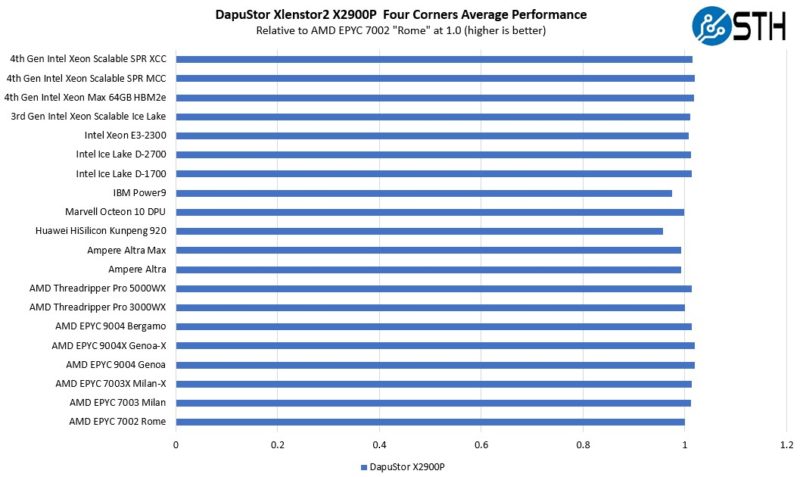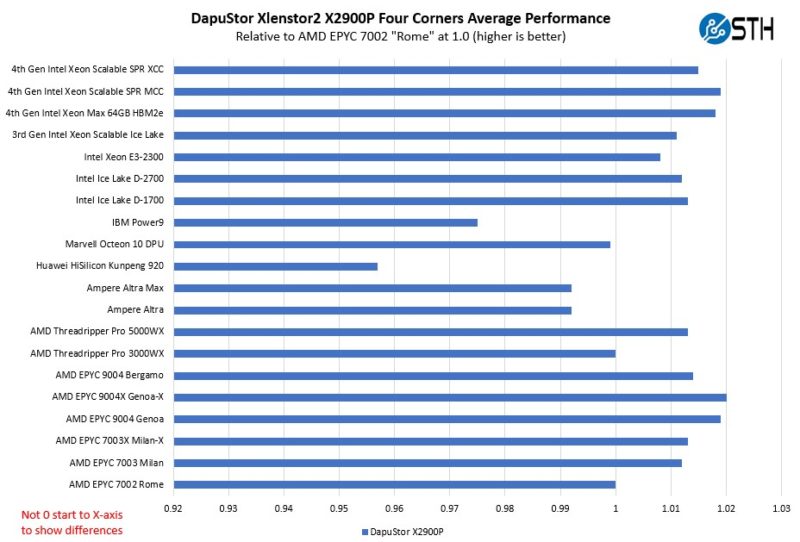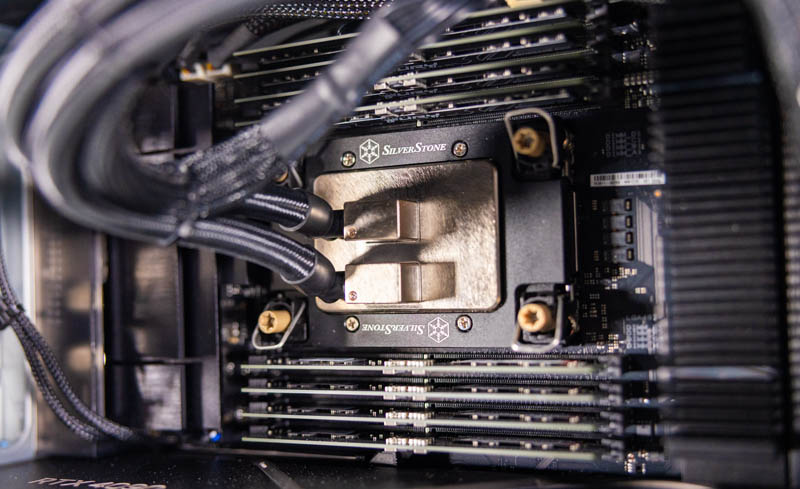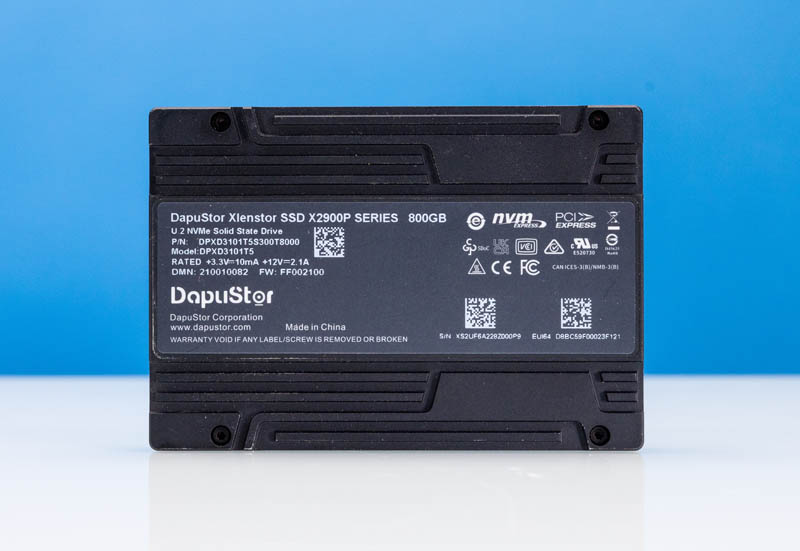DapuStor Xlenstor2 X2900P 800GB Performance by CPU Architecture
If you saw our recent More Cores More Better AMD Arm and Intel Server CPUs in 2022-2023 piece, or our pieces like the Supermicro ARS-210ME-FNR Ampere Altra Max Arm Server Review, Huawei HiSilicon Kunpeng 920 Arm Server piece, you may have seen that we have been expanding our testbeds to include more architectures. This is in addition to the Ampere Altra 80 core CPUs that are from the family used by Oracle Cloud, Microsoft Azure, and Google Cloud. We also managed to test these on the newest generation AMD EPYC Bergamo and Genoa-X SKUs.

Since that is hard to read, we have a zoomed-in view below without a 0 X-axis.

Generally, this drive performed well on the newer PCIe Gen4 and Gen5 x86 controllers. The Arm and IBM Power9 controllers are generally slower and that is exactly what we saw here. There are no surprises.

We noted a similar pattern with the Intel Xeon W-3400 series and the W-2400 series as we saw on the Sapphire Rapids parts, which makes sense given they are the same underlying chips. One slight difference is that we saw the top-end 56-core Intel Xeon w9-3495X in the Falcon Northwest server/ workstation performed better when it was in its full 1.5kW performance mode. Since that is a specialty platform, we are going to leave it out for now but you can learn more about the platform here.
One may also note that not only is this our first SSD review with AMD EPYC Bergamo and Genoa-X, but we also snuck an Intel Xeon Max 9480 figure in there. Expect a review and video for those CPUs in the next week or two.
Final Words
There is a part of this review which is a “that’s life” component. The Intel Optane DC P5800X is a great SSD, but it is now a discontinued product. What is more, Optane as a technology has been retired, meaning that if you want persistent storage in a 2.5″ form factor, NAND is really the option. To that end, DapuStor is stepping up with an 800GB PCIe Gen4 NVMe SSD that has the awesome performance to fill the void left by a retiring Optane.

There is a good reason why we are calling this an Optane replacement. It is the same size, and performance profiles are similar except on the 4K random read side. Both drives are also 100 DWPD drives which is madness. That is 80TB of random writes per day for five years on an 800GB SSD. At the same time, much of the market as moved to higher-capacity TLC/ QLC NAND SSDs making the DapuStor Xlenstor2 X2900P a more niche drive. Still, there are plenty of applications looking for Optane alternatives, and DapuStor has a very strong one here.



Wondering how much would these drives cost. Part of the reason that Optanes are rarely adopt ed is the cost. If these SLC drives could be much cheaper than Optane then the potential market could be larger.
I would assume that bar the R&D budget, the pure material cost would be around the same as a 3.2TB QLC drive, again, assuming that it uses 20% of the NAND area for over-provisioning, which is pretty common and thus contains around 1TB of flash memory.
Now, all of that is a lot of assumptions, but it also means that if we have the flash density to build 60TB QLC drives, then we should b e able to make these in sizes up to around 15TB, which is just speculation, but I don’t think it’s very far from the truth, it’s just that nobody really needs SLC drives that big.
gnattu
Intel Optane drive had plenty of sales – they are NOT for desktop PC – they should be living inside of an Array/SAN.
These are just 3.2TB drives with 75% used for endurance. In no way shape or form are these SLC drives even remotely comparable to Optane.
If you have to ask how much, it’s more than you can afford.
Did the “Truth Teller” even read the article? Yes this drive is still slower than Optane but 1. it is close enough especially in writing 2. there will be no more Optane drives. Optane drives are fantastic and I do have a couple of them in my arrays. Yes it had plenty of sales, but obviously the Optane’s sales does not make it to let intel keep this business. These days NANDs are just cheap and for most use case the optane’s cost cannot justify its advantage. The market is niche, the cost to keep optane around is high, and the customers are looking for cheaper alternatives. The fact is sad but this is what it is.
By the way, just speaking “it’s more than you can afford” is not a good way to answer a question about the pricing. 3.2TB SSDs are noting to special to afford and if its pricing is close to a 3.2TB SSD than its far less than “more than I can afford”.
I picked up a memblaze pblaze6 3.2tb for 200$ so this for under 500$ is not super farfetched.
What we see here is someone who puts optane on the throne biased into being unable for anything to knock it down a peg
I still want a SCM SSD but my only options haven’t been good. Optane is more or less gone, Kioxia’s hardly can be found either and with how close this is, it’s pretty much a P5800X